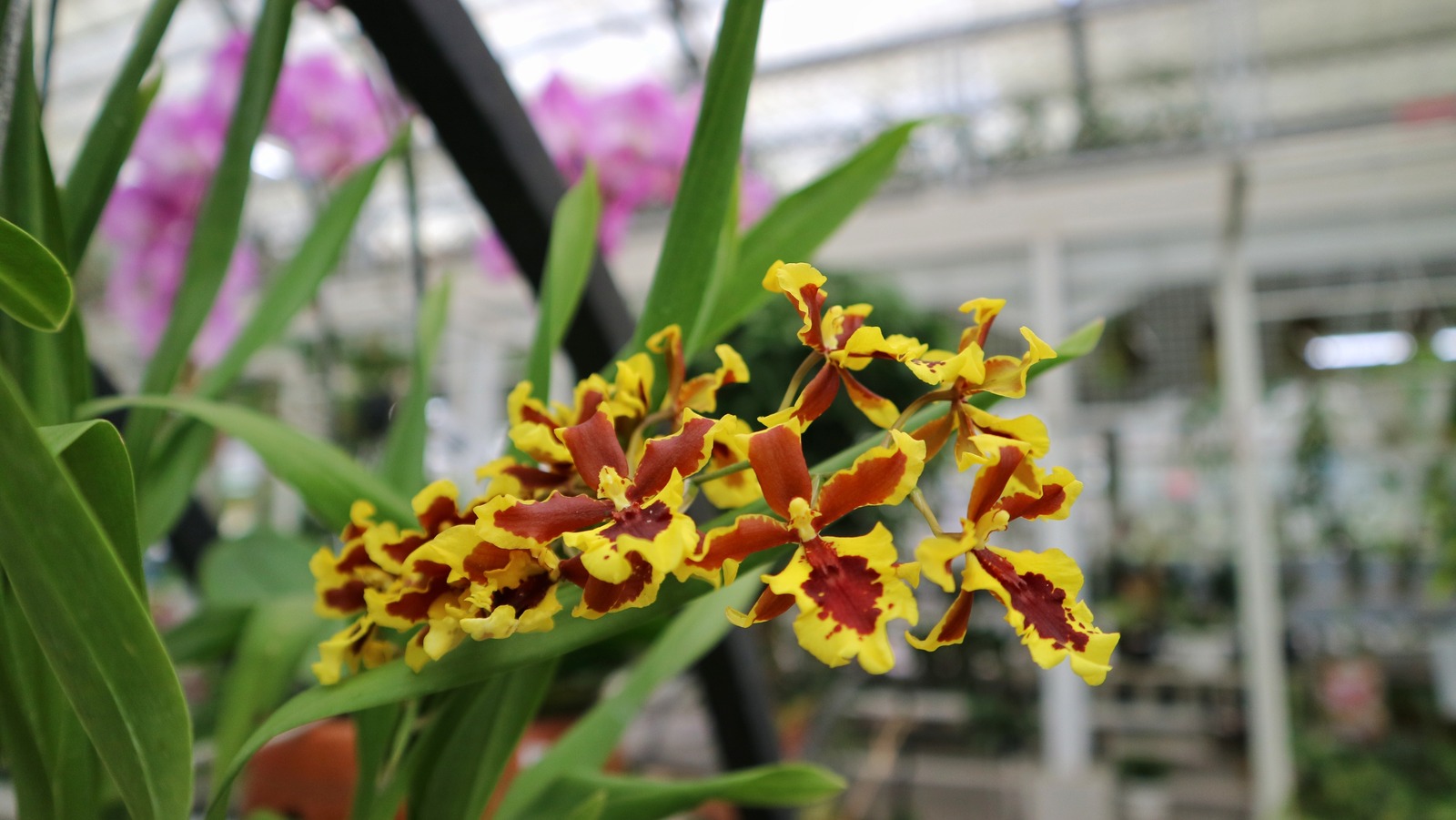
Is Growing Orchids In A Water Culture A Good Idea? – House Digest
Among the different methods of growing orchids, one practice that has been gaining popularity is water culture. As you consider this method, you might naturally be asking: is growing orchids in water culture a good idea? Water culture for orchids involves growing your plant in a water-based environment, with the roots submerged or semi-submerged in water instead of the traditional potting medium.
This method offers several advantages, making it an attractive option for many growers. It provides a balanced environment that carefully regulates moisture levels. During the soaking phase, the plant receives adequate hydration. After this, the method allows the aerial roots to dry out, thereby mitigating the risk of pathogenic infections. This careful interplay between hydration and drying creates an optimal setting for your orchids to thrive.
Despite the advantages, this strategy is not without drawbacks, and it’s critical to keep in mind that it requires regular supervision. Nevertheless, water culture can be a creative and successful method to grow lovely, flourishing orchids with patience and attention to detail. However, if you’re still unsure, the answer mostly depends on your commitment to learning a new technique. If you’re open to exploring this approach, it could be a game-changer in your orchid-growing journey.
What to know when growing orchids in a water culture
 Maodesign/Getty Images
Maodesign/Getty Images
The well-known varieties in the world of orchids include epiphytic, lithophytes, and terrestrial orchids. The epiphytic types have special roots called aerial roots, which are coated in a velamen layer. The unique features of these roots mean these types of orchids don’t need soil to survive, showcasing the amazing adaptability of these plants.
The main concept behind this approach is rooted in the remarkable adaptability of orchids, particularly the epiphytic varieties, which possess an inherent ability to derive moisture and nutrients from their surroundings. This natural talent grants them the unique opportunity to thrive when cultivated directly in water.
To successfully cultivate orchids in water culture, you must undertake a series of essential steps. The first crucial task is to delicately remove any traces of potting media clinging to the roots. Next, rinse the plant well and get rid of any rotten or discolored parts. This meticulous cleaning process prepares the orchid for its new aquatic environment.
Once that is done, place your orchid into the container, ensuring the roots are in contact with the water but not completely submerged — 30% of the plant’s height is ideal. Ideally, use a clean, transparent container, preferably a vase, and pure water. This provides a clear view of your orchid’s root health — any issues like root rot or disease are instantly visible, allowing for early intervention.
The challenges of water culture
 Natalie_board/Getty Images
Natalie_board/Getty Images
Growing orchids in water culture does present certain challenges. Firstly, the method requires a good understanding of orchids and their water requirements. It’s not as simple as filling a vase with water and dropping the plant in. You need to carefully monitor the water levels and roots, replace the water regularly, and ensure the roots aren’t constantly waterlogged, which can cause them to rot.
Secondly, you need to consider the nutrient supply. In a conventional potting setup, your orchids draw essential nutrients from the potting media. However, in water culture, you need to fill this role manually. This means you’ll need to introduce a water-soluble orchid fertilizer into the mix. Mastering the balance of nutrients in water culture is crucial. It’s about creating an environment that mimics the nutrient availability orchids would naturally have if they were growing in their native habitats.
Finally, the water culture method might not be suitable for all types of orchids. Some orchids, especially terrestrial varieties, have evolved to draw nutrients from the soil and may not adapt well to a pure water environment. Even epiphytic orchids, which are known for drawing moisture from the air, may struggle to adapt if they sit in water for too long.
All in all, growing orchids in water culture can be a good idea if you’re willing to monitor and manage the process closely. It’s an intriguing method that provides a unique perspective on orchid growth and can lead to beautiful, thriving plants when done correctly. However, it’s crucial to understand the challenges and requirements of this approach.


































